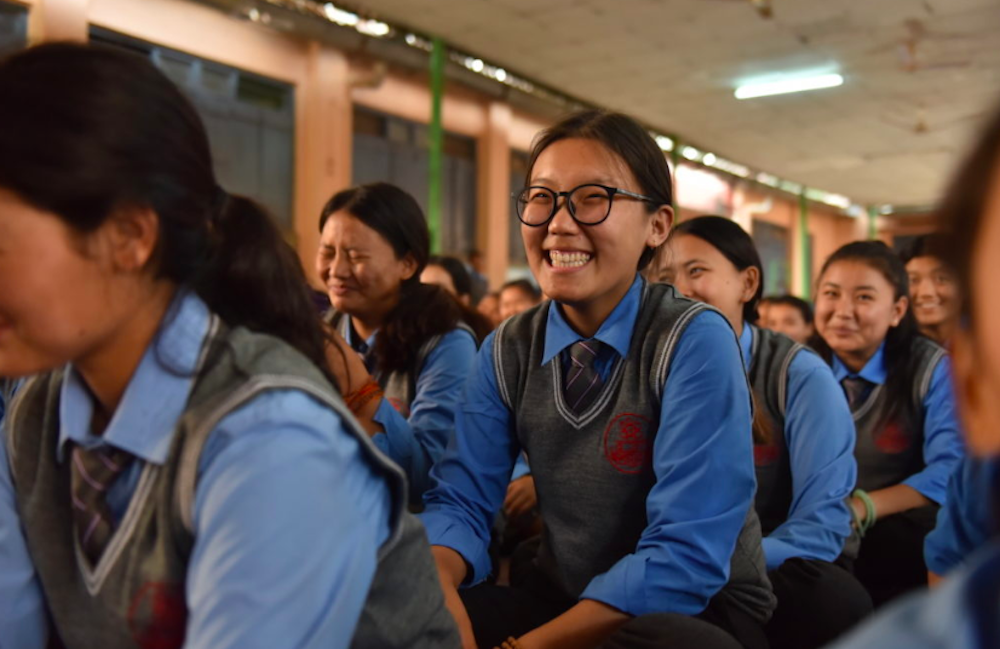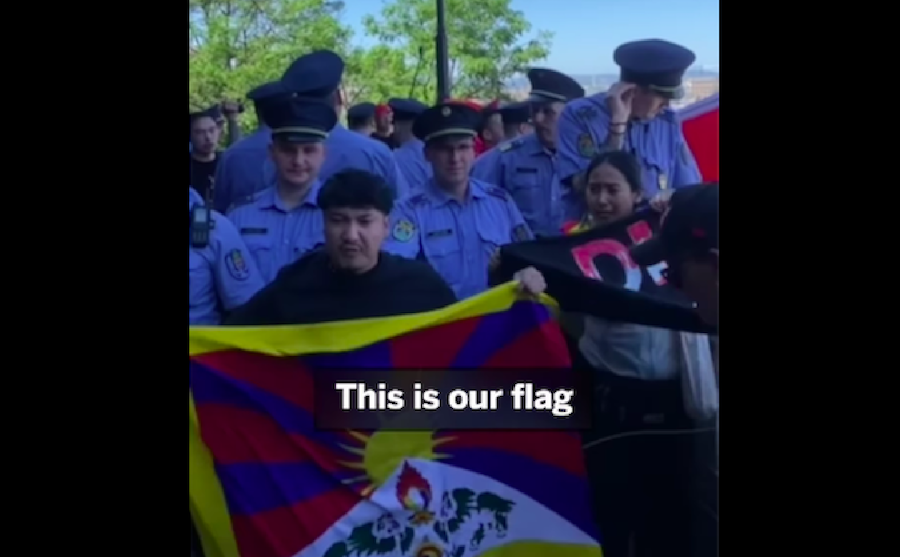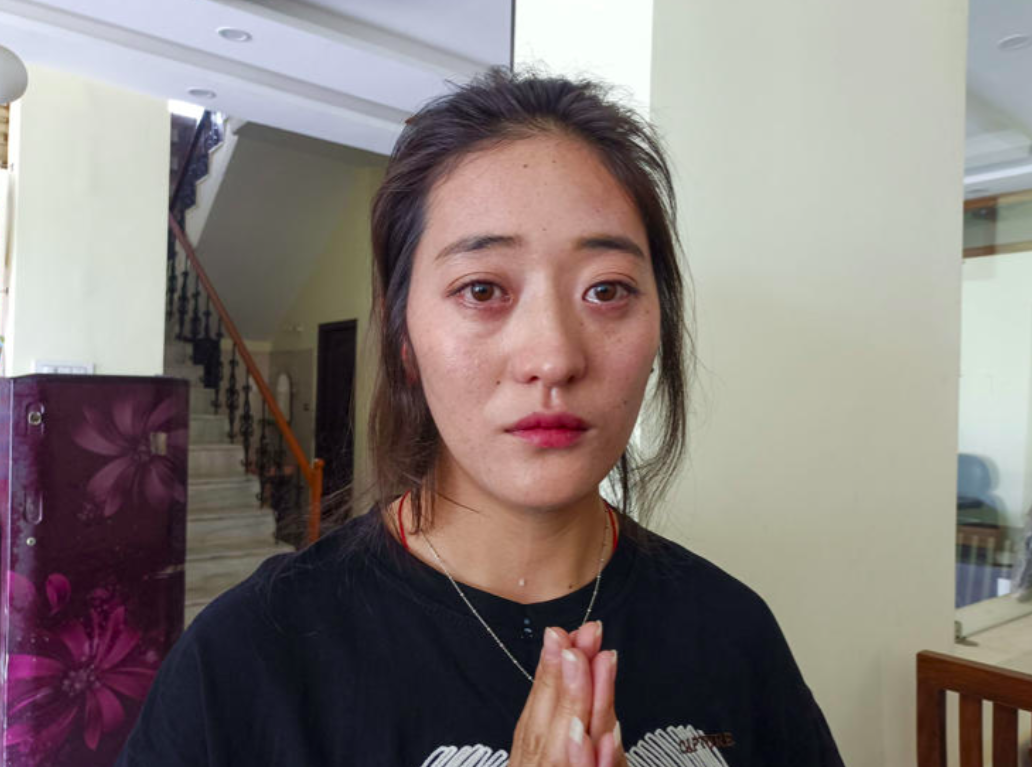By CHRISTOPHER BODEEN
Associated Press Writer
LHASA – The giggles and holiday chatter die down as visitors enter the small, lightly furnished room. Turning silently to the empty throne, they fold their hands in prayer, touch their heads three times and prostrate themselves on the carpeted floor.
It’s a small act, but defiant. The throne belongs to the Dalai Lama, Tibet’s exiled leader and a man regularly denounced by China’s communist leaders as a separatist who should be shunned.
China says all but a hard core of pro-independence Tibetans have turned their backs on the Dalai Lama, who left Tibet in 1959. But the displays of devotion before his throne in the Norbulinka palace — his former summer home — tell a different story.
“Tibetans come here to worship the Dalai Lama and show that they still love him,” said a Tibetan man, sipping a cup of tea in a room nearby and wouldn’t give his name. “For them this place is very special.”
The Dalai Lama, who received the 1989 Nobel Peace Prize for his nonviolent campaign against Chinese rule, met with President Bush at the White House on Wednesday.
Earlier in the week, the Dalai Lama saw members of Congress at the Capitol. He urged them to help his Indian-based government-in-exile to change China’s policies in Tibet, which he described as “this serious violation.”
China last week condemned his visit to the United States, calling it a violation of Washington’s commitments not to support Tibetan independence.
“The Dalai Lama is not purely a religious figure, but a long-term political exile involved in separatist activities,” said a statement by the Chinese Foreign Ministry. “This matter of a visit makes us seriously concerned.”
Such statements underscore Chinese concerns over abiding reverence for the Dalai Lama among Tibetans and support for his cause abroad.
At the Norbulinka, Chinese currency apparently left as offerings by visitors is scattered on the Dalai Lama’s throne and on furniture in other rooms in his former apartments.
Also left are barley grains, which Tibetans use in worship and for good luck. They cover the bottom of the tub and sink in the bathroom and the swivel chair in the study.
Communist troops occupied Tibet in 1951. Eight years later, the Dalai Lama fled the Norbulinka and Lhasa in the midst of a failed uprising.
Beijing says Tibet has been part of its territory for seven centuries, but many Tibetans maintain they were independent for most of that time.
Contacts between Beijing and the Dalai Lama flowered briefly in the 1980s, but Beijing cracked down in 1989 following anti-Chinese protests in Lhasa and elsewhere. In 1996, all images of him were removed from temples and other public sites, though many Tibetans display his photograph at home.
Visitors to the throne room nodded and smiled when asked if they revered the Dalai Lama. None would give their names or say more — a typical response among Tibetans, who are wary of official retaliation for defying the official line.
Photography isn’t allowed inside the palace, but it’s not clear whether that is to conceal the identities of visitors or to guard the sanctity of the room.
It isn’t clear whether Chinese authorities know of the worship in the Norbulinka. If they do, it could be the only open show of devotion to the Dalai Lama they tolerate.
The Dalai Lama has distanced himself in recent years from demands for full independence, saying he wants autonomy and the preservation of Tibet’s unique Buddhist culture.
Contacts between China and the Dalai Lama were tentatively restored during two visits to Beijing by several of his top advisers. Yet China publicly denounces the Dalai Lama and shows no sign of softening its position toward him.
Tibet’s governor, who is appointed by Beijing, said last month the Dalai Lama had to declare himself a Chinese citizen to return to Tibet and must renounce all notions of independence for negotiations to move forward.
“The sovereignty issue brooks no discussion. It is also inappropriate for the Dalai Lama to discuss human rights,” Gov. Jampa Phuntsok told reporters in Lhasa. “We can only discuss the Dalai Lama’s future.”









